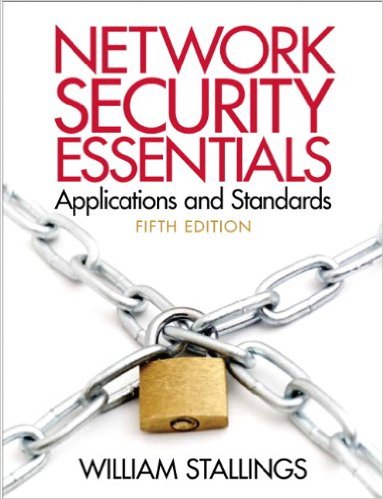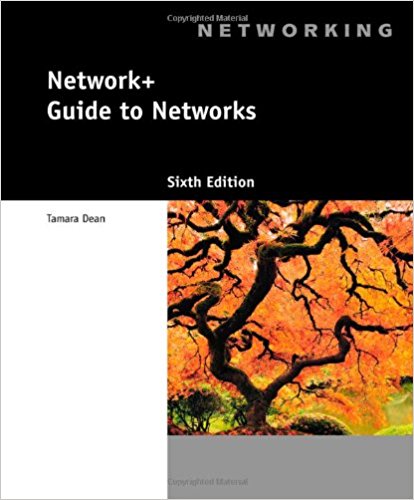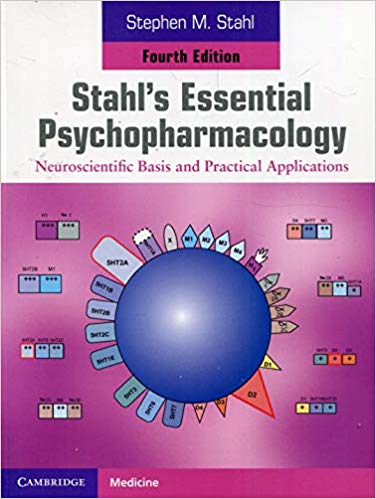Network Security Essentials Applications and Standards 5th Edition By Willaim Stallings – Test Bank
Chapter 3: Public-Key Cryptography and Message Authentication
TRUE OR FALSE
T F 1. Public key algorithms are useful in the exchange of conventional
encryption keys.
T F 2. Private key encryption is used to produce digital signatures which
provide an enhanced form of message authentication.
T F 3.
The strength of a hash function against brute-force attacks
depends solely on the length of the hash code produced by the
algorithm.
T F 4. The two important aspects of encryption are to verify that the
contents of the message have not been altered and that the source
is authentic.
T F 5. In the ECB mode of encryption if an attacker reorders the blocks of
ciphertext then each block will still decrypt successfully, however,
the reordering may alter the meaning of the overall data sequence.
T F 6. Message encryption alone provides a secure form of authentication.
T F 7. Because of the mathematical properties of the message
authentication code function, it is less vulnerable to being broken
than encryption.
T F 8. In addition to providing authentication, a message digest also
provides data integrity and performs the same function as a frame
check sequence.
T F 9. Cryptographic hash functions generally execute slower in software
than conventional encryption algorithms such as DES.
T F 10. The main advantage of HMAC over other proposed hash-based
schemes is that HMAC can be proven secure, provided that the
the embedded hash function has some reasonable cryptographic
strengths.
T F 11. Public key algorithms are based on mathematical functions rather
than on simple operations on bit patterns.
T F 12. The private key is known only to its owner.
T F 13.
The security of the Diffie-Hellman key exchange lies in the fact
that, while it is relatively easy to calculate exponentials modulo a
prime, it is very easy to calculate discrete logarithms.
T F 14. The key exchange protocol is vulnerable to a man-in-the-middle
attack because it does not authenticate the participants.
T F 15. Even in the case of complete encryption, there is no protection of
confidentiality because any observer can decrypt the message by
using the sender’s public key.











